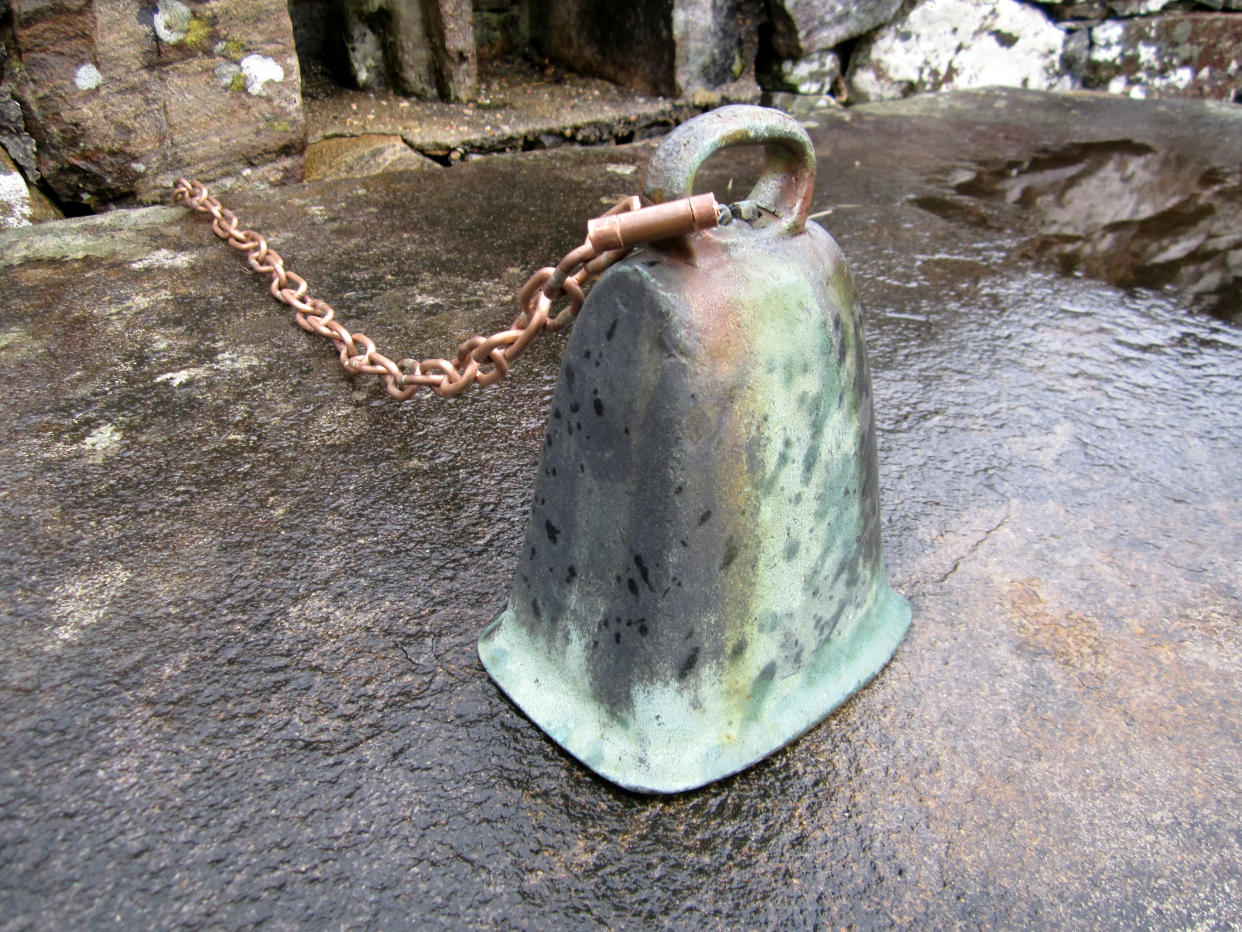Thieves who swiped priceless medieval bell from remote island that featured in Harry Potter films could have CURSED themselves

It might be worth a lot, but a priceless medieval bell stolen from a remote island which featured in the Harry Potter films could have put a CURSE on the thieves who took it.
The bell, which dates back more than 1,000 years, was taken from the tiny island of St Finan’s Isle, in Loch Shiel, near Fort William in the Scottish Highlands.
The island, where famous monk St Finan died in 661AD, has been a burial ground since 661 AD and was the setting for the ‘Black Lake’ in the Harry Potter film series.
Other than graves, there is just a roofless chapel on the island with an altar stone holding the historic bell, which historians say comes with a curse if anyone takes it off the island.

A spokesman for the Moidart History Group said: “There is a curse on whoever takes the bell off the island.”
He said the bell was stolen by a British soldier in the 1740s but returned after a chase along the 17-mile long Loch Shiel and returned after the thief was slogged.
READ MORE
Dog owner flees scene after animal bites chunk out of pensioner's arm
"A similar bell was stolen from Fortingall Church in Perthshire in 2017 – so was St.Finan’s bell stolen to order?,” the spokesman said.
“It has no monetary value but is of great religious and historical value and has huge significance for the local population.
“It is immensely sad that someone has no regard or respect for the feelings of local people and has seen fit to steal the bell for his or her own profit or perverted pleasure.”

It is believed that the thief would have needed heavy bolt cutters as the chain that attached the bell to the altar was replaced by a hand-forged bronze chain in 2017.
A spokesman for Police Scotland said: “Enquiries are ongoing into the theft of an historic bell from St Finan's Isle in Loch Shiel, Lochaber.
“The bell was removed from the uninhabited island sometime between late June and early July.”

 Yahoo News
Yahoo News 
